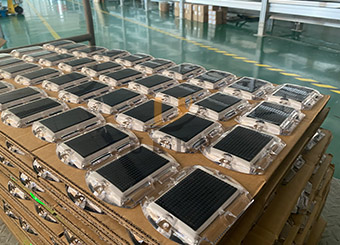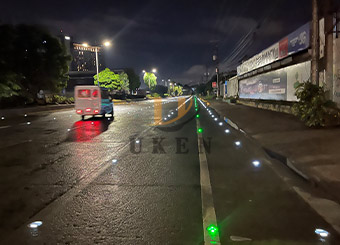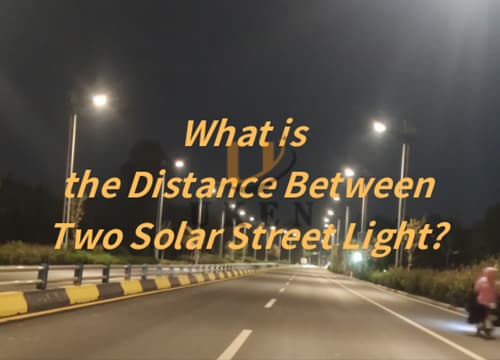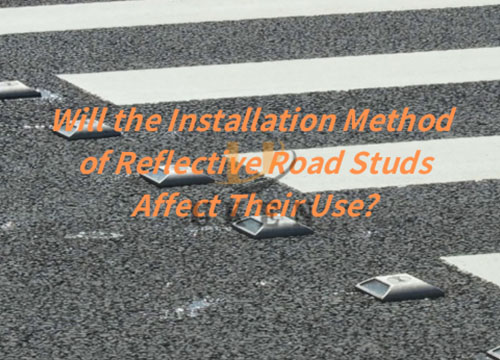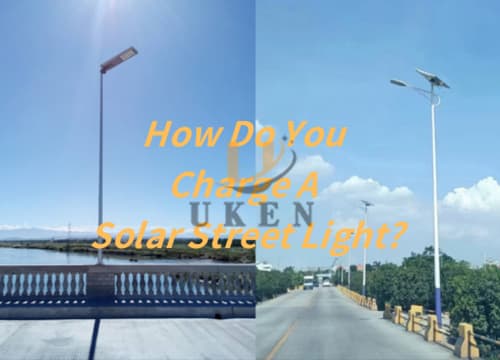In the field of road safety facilities, both solar road studs and reflective road studs are important tools to ensure driving safety at night and in adverse weather conditions. Although they both aim to enhance the clarity of road markings and guide drivers, there are many differences in working principles, performance characteristics, and application scenarios. The following will explore the differences between the two in detail and present the key differences in a tabular form for intuitive comparison.
I. Differences in Working Principles
Principles of Reflective Road Studs
Reflective road studs, such as traditional cat’s eye road studs, mainly rely on the principle of optical reflection to work. They contain materials with high reflectivity, such as glass beads or reflective sheets, inside. When the light from vehicle headlights shines on the reflective road studs, the light enters the glass beads and goes through optical processes such as refraction and reflection. Finally, the light is reflected back in the original direction and enters the driver’s eyes, thus forming a bright reflective effect, allowing the driver to see the outline and direction of the road. It does not generate its own light source and completely depends on the light provided by vehicle headlights to achieve visibility.
Principles of Solar Road Studs
Solar road studs have an independent energy supply and lighting system. They are mainly composed of components such as solar panels, batteries, LED lights, and controllers. During the day, the solar panels absorb sunlight, convert solar energy into electrical energy, and store the electrical energy in the batteries through the controller. At night or in low – light environments, when the controller detects that the light intensity drops to a certain level, it automatically activates, and the electrical energy in the batteries drives the LED lights to emit light. This active lighting method does not need to rely on the illumination of vehicle headlights and can provide stable lighting and markings for the road under various light conditions.
II. Comparison of Performance Characteristics
Luminance and Continuity of Lighting
The brightness of reflective road studs depends on the intensity and irradiation angle of vehicle headlights. When the vehicle headlights shine directly with strong light and the angle is appropriate, the reflected light is relatively bright. However, when the irradiation angle of vehicle headlights is not good or the light is blocked, its reflective effect will be greatly reduced, and it may even not be clearly visible to the driver. Moreover, once the vehicle drives away, the reflective road studs no longer have obvious reflection.
The LED lights of solar road studs have a stable luminous brightness, generally reaching a high lumen value, which is clearly visible at night or in low – visibility environments. As long as the battery has sufficient power, it can continuously emit light, providing uninterrupted lighting for the road. The lighting time can last for several hours or even all night depending on the battery capacity and configuration.
Visible Distance
The visible distance of reflective road studs is relatively limited, usually ranging from tens of meters to one or two hundred meters, depending on factors such as the power of vehicle headlights, the performance of the reflective materials of the road studs, and environmental light interference. In complex lighting conditions or when the power of vehicle headlights is low, the visible distance will be further shortened.
Solar road studs, with the advantage of active lighting, have a relatively long visible distance. High – quality solar road studs can have a visible distance of more than 1000 meters on a clear night, allowing drivers to detect road markings at a farther distance and make driving decisions in advance.
Durability and Maintenance Requirements
Reflective road studs have a relatively simple structure, generally consisting of a sturdy plastic or metal shell enclosing the reflective components. Their durability mainly depends on the strength of the shell material and the wear – resistance of the reflective material. Under normal use conditions, as long as the shell is not seriously damaged, the reflective effect can be maintained for a long time. However, if the surface is contaminated with dirt, or the reflective material is worn or aged, the reflective performance will decline, and regular cleaning and inspection are required. When necessary, the road studs need to be replaced.
Solar road studs have a relatively complex structure due to the internal electronic components and batteries. Their durability depends not only on the protective performance of the shell but also on the stability of the electronic components and the lifespan of the batteries. High – quality solar road studs are designed with waterproof, dust – proof, and compression – resistant shells to effectively protect the internal components. However, as the number of charge – discharge cycles of the battery increases, the battery capacity will gradually decay. Generally, the lifespan of lithium – ion batteries is about 3 – 5 years, and the battery needs to be replaced at that time to ensure the normal operation of the road studs. In addition, the solar panels also need to be cleaned regularly to ensure their efficient absorption of solar energy. Overall, the maintenance requirements of solar road studs are relatively higher than those of reflective road studs.
Adaptability to the Environment
Reflective road studs have strong adaptability to the environment and can work in various climatic conditions, such as high temperature, low temperature, humidity, rain, and snow. Their reflective materials and shell materials are specially treated to have characteristics such as anti – aging, waterproof, and dust – proof. However, in extremely harsh environments, such as long – term strong ultraviolet irradiation or severe sand – dust weather, the reflective effect and service life may be affected.
Solar road studs can work stably in general climatic conditions but have certain requirements for lighting conditions. In areas with sufficient sunlight, they can be fully charged and perform optimally. However, in continuous rainy, long – term cloudy, and other low – light weather conditions, the charging of solar panels is limited, which may lead to insufficient battery power and affect the lighting duration and brightness at night. In addition, in extremely cold or hot environments, the performance of the battery will also be affected to a certain extent. However, by using special temperature – control technologies and cold – resistant and heat – resistant batteries, this situation can be alleviated to a certain extent.
III. Differences in Application Scenarios
Application Scenarios of Reflective Road Studs
Reflective road studs are widely used in various types of roads, especially in urban roads with street lighting and highways with high traffic flow. In urban roads, street lights and vehicle headlights jointly provide sufficient light for reflective road studs, enabling them to clearly mark lane dividers, road edges, intersections, and other positions, assisting drivers in safe driving. On highways, although vehicles travel at high speeds, the headlights are bright, and reflective road studs can effectively reflect light, helping drivers maintain the correct lane while driving at high speeds. In addition, in some areas where cost control is relatively strict and the road lighting conditions are relatively good, reflective road studs are a common choice for road markings due to their low cost and relatively simple installation and maintenance.
Application Scenarios of Solar Road Studs
Solar road studs are more suitable for areas with poor lighting conditions, such as remote rural roads, suburban roads without street lights, and mountain roads. In these places, the lack of other lighting facilities makes the active lighting characteristics of solar road studs particularly important, providing reliable road guidance for drivers. In addition, at tunnel entrances and exits, sharp turns, steep slopes, and other dangerous sections, solar road studs can enhance the warning effect through different flashing modes or colors, reminding drivers to pay attention to road conditions and slow down. In some projects with high environmental protection requirements, solar road studs, which use renewable energy, are also highly favored due to their compliance with the concept of green development.
IV. Summary of Key Differences between Solar Road Studs and Reflective Road Studs
Comparison ItemsReflective Road StudsSolar Road Studs
| Comparison Items |
Reflective Road Studs |
Solar Road Studs |
| Working Principle |
Rely on reflecting the light of vehicle headlights |
Use solar energy to be converted into electrical
energy to drive LED lights to actively emit light |
| Luminance and Continuity of Lighting |
The brightness depends on vehicle headlights,
and there is no reflection after the vehicle drives away |
Stable brightness, can continuously emit light
all night as long as there is sufficient power |
| Visible Distance |
Tens of meters to one or two hundred meters |
High – quality products can
reach more than 1000 meters |
| Durability and Maintenance |
Simple structure, good durability, regular cleaning and inspection are required, and replacement is needed when the reflective material is worn |
Complex structure, durability is affected by electronic components and batteries,
regular cleaning of solar panels is required, and the battery needs to be replaced every 3 – 5 years |
| Adaptability to the Environment |
Adapt to various climates, and extreme environments
may affect performance |
Stable in general climates, performance is affected when there is insufficient lighting,
and special measures are required in extremely cold and hot environments |
| Application Scenarios |
Urban roads with street lighting, highways with high traffic flow,
areas with strict cost control and good lighting |
Remote rural, suburban, and mountain roads with poor lighting,
dangerous sections, projects with high environmental protection requirements |
Solar road studs and reflective road studs each have their own characteristics and play important roles under different road conditions and requirements. Understanding their differences helps road construction and management departments select appropriate road marking facilities according to actual situations, improving road safety levels.
